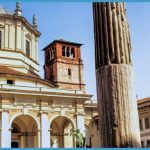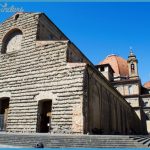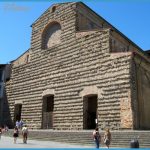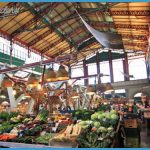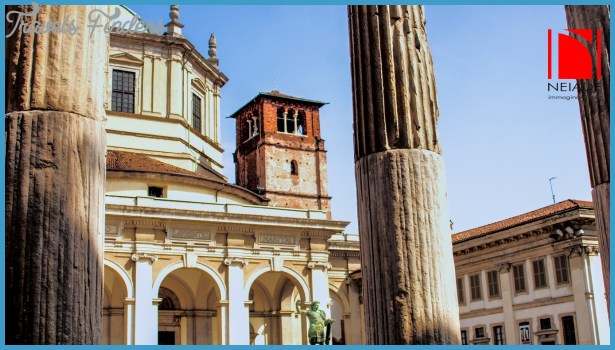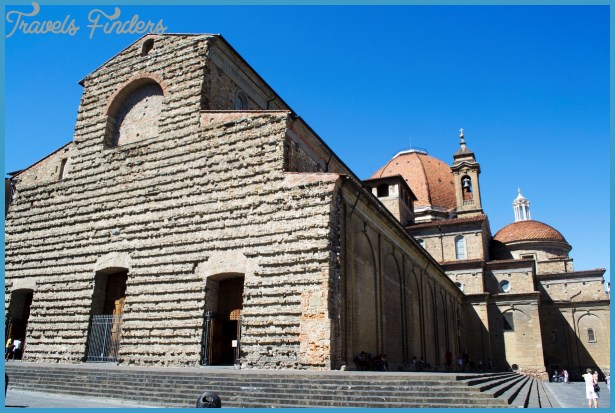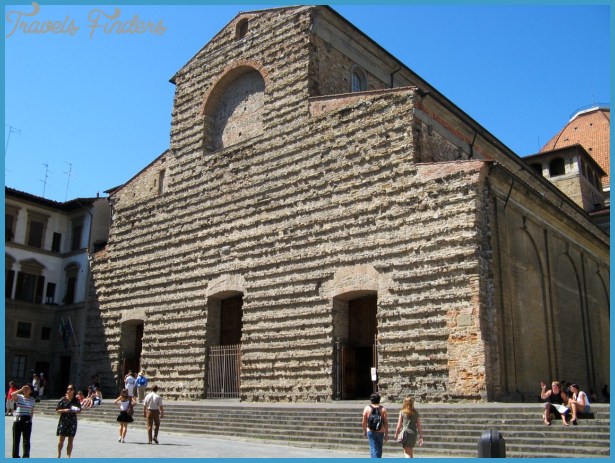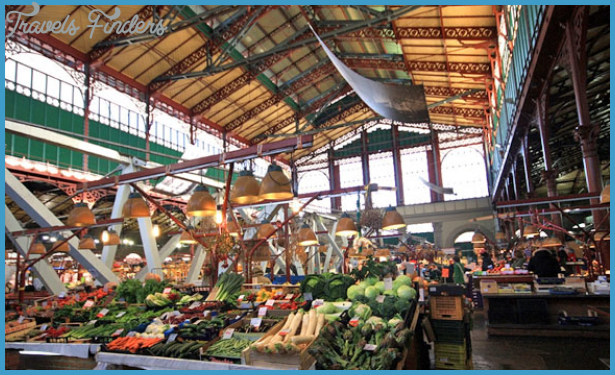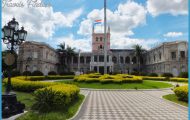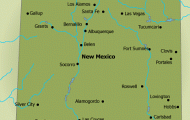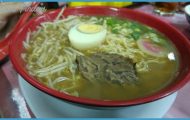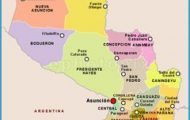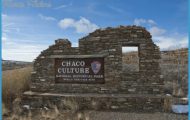Watching a Soccer Game
Asuncion’s three main soccer stadiums are Estadio Defensores del Chaco and the stadiums for the two most important local soccer clubs – Club Olimpia and Club Cerro Porteno. Tickets can be purchased at each stadium’s box office while tickets for national games (such as World Cup qualifiers) can be purchased at Sanri (Tel: 021 220 940, corner of Mariscal Estigarribia and Brasil). Tickets for sold out games can easily be purchase through scalpers. Paraguayans rarely buy their tickets ahead of time, therefore scalpers keep quite busy. Since scalping is technically illegal, they will be calling out “Compro entradas!” (I’m buying tickets!). You can offset the elevated cost of scalped tickets by buying them just minutes after the game has already started – by then the demand has dropped and so has the asking price.
Visit to San Lorenzo Photo Gallery
Cheering on the National Team
The Paraguayan national team is nicknamed “la Albirroja” (red and white). During national games the stadium is packed to the brim with energetic fans covered head to toe in red and white cheering for the Albirroja at the top of their lungs. The most popular of the chants, “Dale dale albirrooooo,” is sung, inexplicably, to the chorus of the 80’s pop hit “Karma Chameleon ” by Culture Club. It is surprisingly catchy!
Estadio Defensores del Chaco The largest and most important stadium in the country, Defensores del Chaco has a capacity of 36,000. It is used for World Cup qualifiers and international tournaments such as the Copa Libertadores. Corner of Avenida Martinez and Juan Diaz de Solis
Estadio Olimpia Home to Club Olimpia, this is the easiest stadium to get to as it is on Mariscal Lopez. Club Olimpia has won the Copa Libertadores tournament three times, earning it the nickname “El Rey de Copas” (The King of Cups). Large concerts are often held here as well. Tel: 021 200 680, Corner of Avenida Mariscal Lopez and Pitiantuta, www.olimpia.com.py Estadio General Pablo Rojas The stadium for Club Cerro Porteno is located in Asuncion’s Barrio Obrero. Corner of Acuna Figueroa and Parapiti, www. clubcerro. com
Gancheros
Throughout the city you will see people rummaging through trash bags placing articles in large wheeled carts (sometimes horse drawn). These people are known as “’gancheros,” and they make their living by collecting recyclables to sell to Asuncion’s dumps. The first round of collection occurs on the streets where people go through garbage bags and bins collecting metal, cardboard, glass, and plastic. The second round of collection occurs at the dump where all the city’s trash is once again picked through by another set of “gancheros.” Here, smaller items such as paper and plastic bags are also collected. The name comes from “gancho,” or hook, which is used to pick through the trash.
The majority of gancheros sell all their gathered materials to Cateura, Asuncion’s main dump, which then recycles the materials. The idea of people spending their days digging through trash is not a cheerful one. Though unappealing, this setup does create a steady stream of income for Asuncion’s marginalized communities. A good day’s work can bring in about Gs. 50,000 (approximately US$11), but the daily average hovers more around Gs. 40,000. Attempts at reforming the way recycling is collected in Asuncion have been met with protests from the gancheros, whose income depends on this informal system. If you want to help out, one thing you can do is pre-sort recyclables before throwing trash out, thus facilitating their collection.

